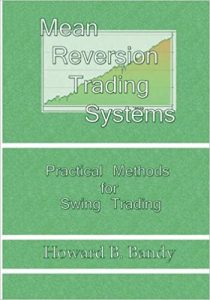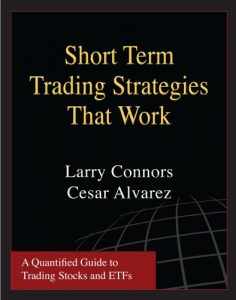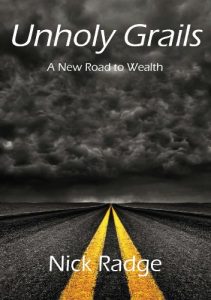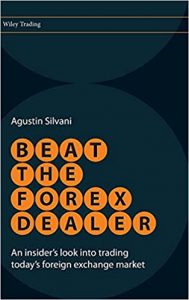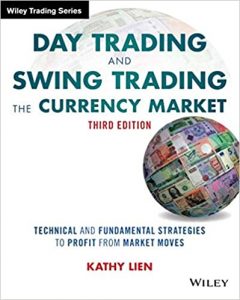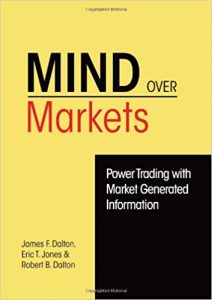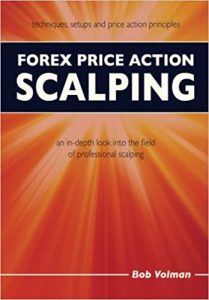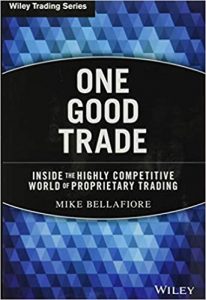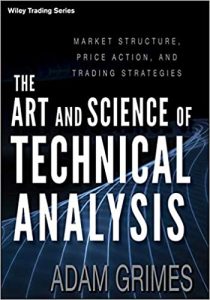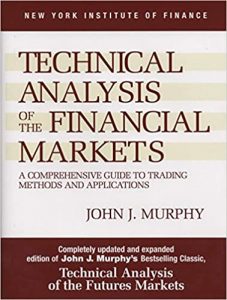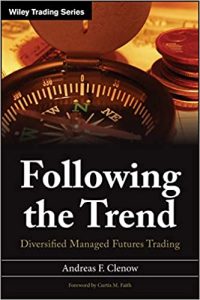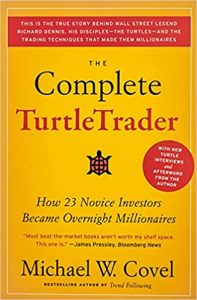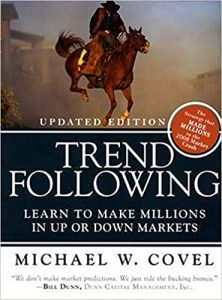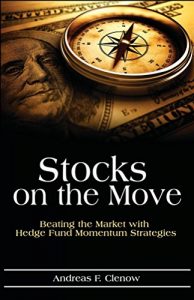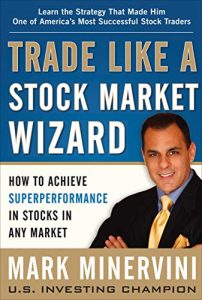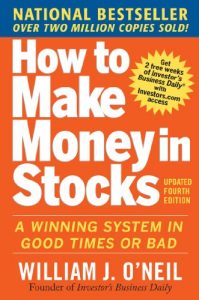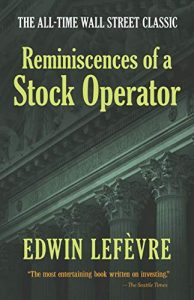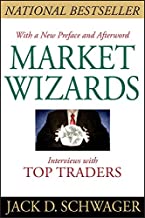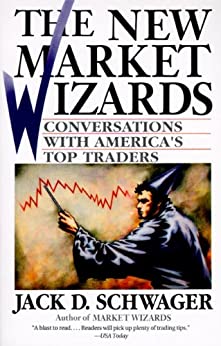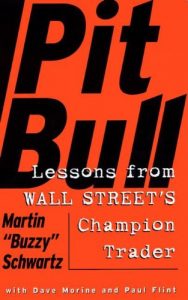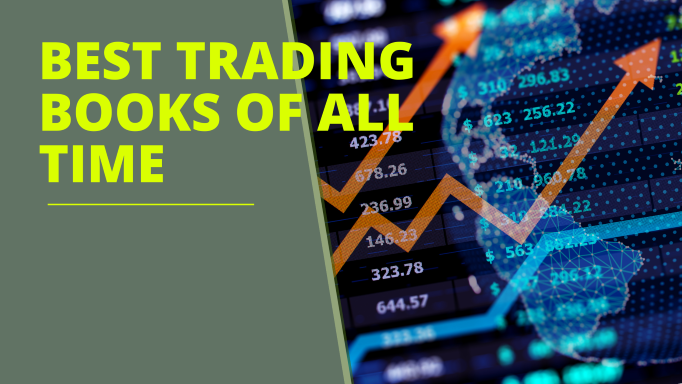
Best trading books of all time will be in most cases based on your preferences and level of experience with trading just like digital marketing books. If you want to be a good trader, you need to mimic the techniques that successful traders utilize.
For example, some might that “The Complete Turtle Trader”, by Michael W. Covel, is one of the best trading books of all time. Published in 2000, this book focuses on the use of a mechanical trading system to take emotion out of trading and use statistics to make better decisions.
While the title may be long, it contains some great information. It covers risk management, position-sizing, chart patterns, and how to manage your mindset. The book also covers fundamental and technical setups for trading.
And indeed the best way to do this is to read the greatest trade books available.
You’re probably thinking:
However, you may be surprised to learn that there are thousands more books accessible. Which trading books should you read?
Well, I’ve got you covered in this post; there are several trading books available on Amazon; here, I recommend some of the greatest trading books, and these are my top picks.
So, you may go down to your local public library and borrow these books. Alternatively, you may buy them directly using the links provided below on Amazon.
Please keep in mind that if you make a purchase from Amazon through my link, I will get a referral fee at no additional cost to you. (That’s how I keep the lights on around here :))
So, are you ready to discover the best trading books of all time?
Then let’s get started.
1. Mean Reversion Trading System
The book is based on Mean Reversion trading and discusses several trading approaches.
It provides a number of ways for trading Mean Reversion, which I haven’t seen anywhere else.
It is not the simplest trading book to read for the average person.
Definitely a knowledge in programming and statistics would be really beneficial.
Who is this book intended for?
Traders of Systematic Mean Reversion strategy.
2. Short Term Trading Strategies That Work
This is a Systems Trading book on trading Exchange Traded Funds (ETF).
As is customary, you will get explicit trading rules as well as backtested outcomes for each trading system.
This book popularized the 2-period RSI, and you’ll learn how to utilize it to time market pullbacks.
It would be excellent to see the month-to-month performance of each trading system so you can observe the system’s “ups and downs.”
Who is this book intended for?
A systems trader is someone who trades stocks or exchange-traded funds (ETFs).
3. Unholy Grails
Rarely do you come across a book that teaches you a trading method that is backed up by outcomes.
Unholy Grail, on the other hand, is unique.
It provides not one, but seven stock trading techniques that outperform the market.
Every trading method has been backtested over a period of ten years and under a variety of market circumstances (including the 2008 financial crisis).
It provides simple trading strategies that anybody may utilize to beat the markets.
However, you should be aware that the trading strategies are all based on the same principle (Momentum and Trend Following), and it would be fantastic if it also examined other sorts of trading approaches.
4. Beat the Forex Dealer
This book delves deeply into how the Forex market operates by describing the players and their reasons for trading.
The book then explains why the odds are stacked against you (a retail trader) and how you may use certain trading tactics to level the playing field.
It’s a no-nonsense, straight-talking book explaining how the Forex market works.
And I like how it illustrates the ideas underneath why the trading tactics work.
Some trading tactics are no longer relevant in today’s market.
Who is this book intended for?
Traders in forex.
5. Day Trading and Swing Trading the Currency Market
This book is for you if you want to understand how fundamental data affects currency markets.
You’ll discover which news releases to pay attention to and why.
It also offers a few technical trading ideas for trading in the Forex market.
The fundamental analysis is taught in a clear step-by-step format (for the layman).
There is no logic or statistical validity to back up the effectiveness of technical trading tactics.
Who is this book intended for?
Forex traders who depend on fundamental research to make trading decisions.
6. Mind over Markets
This book offers all of the information you need to know about trading using Market Profile.
You’re probably thinking:
“What exactly is it?”
It’s another kind of chart interpretation, but this time it takes into account the time component.
The advantage of utilizing Market Profile is that it tells you what sort of day it will be, whether it will be a range day, a trend day, a high volatility day, and so on. From there, you may devise a trading strategy for the day.
It goes into great detail on Market Profile, something you won’t see very often.
There are no actual examples of how traders might benefit from this information in the markets.
Who is this book intended for?
This book is useful for day traders who trade futures contracts. If you do not fall into this group, this book is most likely not for you.
7. Forex Price Action Scalping
If you’re unfamiliar with price action trading, this book will introduce you to a whole new world. Because it is authored by Bob Volman, an independent forex trader, and focuses only on price action trading.
You’ll get vital insights into price action trading and Bob Volman’s trading thinking process.
His perspective on price action trading varies from what is being regurgitated elsewhere since he delves much deeper. This provided me with an insight that I had not before considered.
It’s wordy, and you may need to re-read a paragraph or two to comprehend what he’s trying to communicate.
Who is this book intended for?
If you trade using charts, I suggest reading this book since the approaches and principles are applicable to all markets and periods.
8. One Good Trade
Mike Bellafiore, a co-founder of a proprietary trading business in New York, wrote this book.
He discusses the critical factors to effective trading, why some traders succeed while others fail, and how to locate the “right” stocks to trade in this book.
You’ll also learn how to decipher the order flow and use what you’ve learned to your advantage.
An enjoyable book that provides a great insight into the world of proprietary trading (something that is rarely spoken about).
There are no examples of how to locate stocks that are in play.
Who is this book intended for?
Anyone who is a trader, especially a proprietary trader.
9. The Art & Science of Technical Analysis
This book takes a classic part of technical analysis and gives it a whole new twist – by using statistics to back it up.
This book is a treasure in my view since Adam Grimes has done all of the legwork for you. He has backtested many chart patterns so you can see which ones offer you an advantage in the markets and which ones don’t.
A thorough examination of what works and what doesn’t in technical analysis.
Who is this book intended for?
Unless you’re scalping based on order flow, this is a must-read for all traders.
10. Technical Analysis of the Financial Markets
This book is prepared in a textbook format and covers the fundamentals of technical analysis such as chart patterns, candlesticks, and so on.
You will have the ability to read a chart and detect patterns on it.
Unlike other technical analysis books I’ve read, this one is simple to read and goes right to the point.
It may create the impression that full technical analysis is required. But in fact, you’ll need a lot more.
Who is this book intended for?
This is for traders that are learning how to trade and have little to no trading experience.
11. Following the Trend
This is Andreas Clenow’s first book, and it illustrates how a basic trading method (Trend Following) can regularly outperform a buy and hold strategy.
He provides every element of his trading method, as well as his backtested outcomes.
Andreas Clenow not only utilizes statistical data and backtested outcomes to back up his claims, but he also leads you through the trades the method would have completed as well as the psychological component of trading on a year by year basis.
Who is this book intended for?
Traders who wish to learn about Trend Following. If you’re searching for a day or swing trader, this isn’t the place to be.
12. The Complete Turtle Trader
A genuine tale of how a random group of individuals gets chosen for an unique trade program. They underwent a two-week crash training on trading and are now on their own.
As a consequence,
They earned a fortune. And this book tells the account of what happened, what they did, and the trading method they used.
This book is simple and enjoyable to read. It also delves further into the Trend Following approach, including risk management, entry and exit strategies, and more.
Who is this book intended for?
Traders who wish to learn about Trend Following. If you’re a day or swing trader, this isn’t the strategy for you.
13. Trend Following
This is the first book that introduced me to trend following.
It discusses the notion of Trend Following and how hedge funds generate their money using this method.
It also offers the track record of these hedge funds, demonstrating the legitimacy of Trend Following.
This book describes the Trend Following approach, which is supported by real-world data based on actual outcomes.
There is no specific approach to get you started, and you will need to go further into other sources/books.
Who is this book intended for?
Traders that wish to learn how to trade Trend Following. If you’re a day or swing trader, this isn’t the strategy for you.
14. Stocks on the Move
The stock market returns 5–6% on average every year. However, in order to get such returns, you must be willing to accept the odd 50% or more drawdown.
So, is there a better approach to trade that involves less risk and larger returns?
You betcha.
Because Andreas Clenow will teach you how to accomplish it step by step in this book, revealing every element of his momentum trading approach.
Andreas Clenow’s work is notable for the use of statistical proof and backtested outcomes to support his assertions, which is uncommon in this business.
For individuals with no previous understanding of statistics, it might be a bit intimidating.
Who is this book intended for?
This course is designed for those who wish to learn more about systematic stock trading. If you don’t trade stocks, though, this book isn’t for you.
15. Trade Like a Stock Market Wizard
Mark Minervini is a stock market wizard as well as a US investing champion.
In this book, he shares his tried-and-true trading strategy, which he utilized to produce triple-digit gains for five years in a row, averaging 220 percent each year for a 33,500 percent compounded total return.
He employs a trading strategy similar to the CANSLIM method, which mixes technical and fundamental research.
A basic explanation of what he looks for when trading equities.
I can’t think of anything. However, additional trading instances would be appreciated.
Who is this book intended for?
This book is for you if you want to learn how to trade stocks using both technical and fundamental research. But if you don’t trade stocks, this book won’t assist you much since the fundamentals are different.
16. How to Make Money in Stocks
William J. O’Neil is one of the best stock traders of all time, with a 5000 percent return during a 25-year span.
He employs a trading system known as the CANSLIM method, which mixes technical and fundamental analysis and is discussed in this book.
Even individuals with minimal training in basic analysis will find the CANSLIM method reasonably simple to grasp.
You’ll receive a soft pitch to subscribe to the investor’s business daily service while you read the book. Furthermore, the charts supplied are tiny and difficult to see.
Who is this book intended for?
This book is for you if you want to learn how to trade stocks using both technical and fundamental research. But if you don’t trade stocks, this book won’t assist you much since the fundamentals are different.
17. Reminiscences of a Stock Operator
If you ask a successful trader whose book he would suggest, chances are Reminiscences of a Stock Operator would come up many times. That’s how great it is.
So, what exactly is the subject of this book?
This is a biography of Jesse Livermore, probably the most renowned trader of all time, and how he speculated in the financial markets.
He began trading at an early age, and you’ll see how his trading approach changed as he grew as a trader.
This is a tremendously fascinating book in which you’ll learn how Jesse Livermore earned and lost millions of dollars along the road — and even went bankrupt a few times.
What’s the greatest part?
When you read this book again and again, you’ll discover fresh things that didn’t occur to you before (at least, that’s how I felt).
I can connect to Jesse Livermore’s story since it is something that many traders will go through. And the trading lessons you’ll learn are timeless and applicable to the majority of traders.
I took a long to complete reading the first time since several of the technical words were difficult to understand at first (especially for new traders).
Who is this book intended for?
If you’re searching for an excellent trading narrative with trading advice, this is the book to read. However, if you’re searching for precise trading tactics and techniques, this isn’t the book for you since it’s more of a biography than a how-to guide.
18. Market Wizards
This book, which comprises interviews with accomplished traders, is one of the most highly recommended publications in the trading industry.
Some of the interviews include how a trader converted $30,000 into $80 million, a hedge fund manager who has averaged 30% profits every year for the previous twenty-one years, and a T-bond futures trader who turned $25,000 into $2 billion!
Legendary traders such as Paul Tudor Jones, Ed Seykota, Richard Dennis, and others are interviewed.
Who is this book intended for?
Anyone interested in trading should read this book. However, if you’re totally new to trading, this book may not be for you since it demands a basic grasp of technical vocabulary.
19. The New Market Wizards
This book is a sequel to Market Wizard and is written in the same way. The sole difference is that this book concentrates on American merchants, while the previous book included traders from all over the globe.
Nonetheless, the value it brings is priceless.
20. Pit Bull
This book is a lot of fun to read.
It follows in the footsteps of Martin Schwartz, who began as a fundamental analyst but failed to find success with that method.
He then transitioned to technical analysis, where he got his breakthrough, earning $1.8 million in his first two years of trading.
He eventually rose to prominence as a great trader, his steely nerves and killing instinct earning him the well-deserved moniker “Pit Bull.”
This is a fun book to read, and you’ll chuckle a few times along the way.
Who is this book intended for?
If you’re searching for a fantastic trade narrative, this is the book for you since it’s simple to read and amusing. However, if you’re searching for precise trading tactics and techniques, this isn’t the book for you since it’s more of a biography than a how-to guide.

